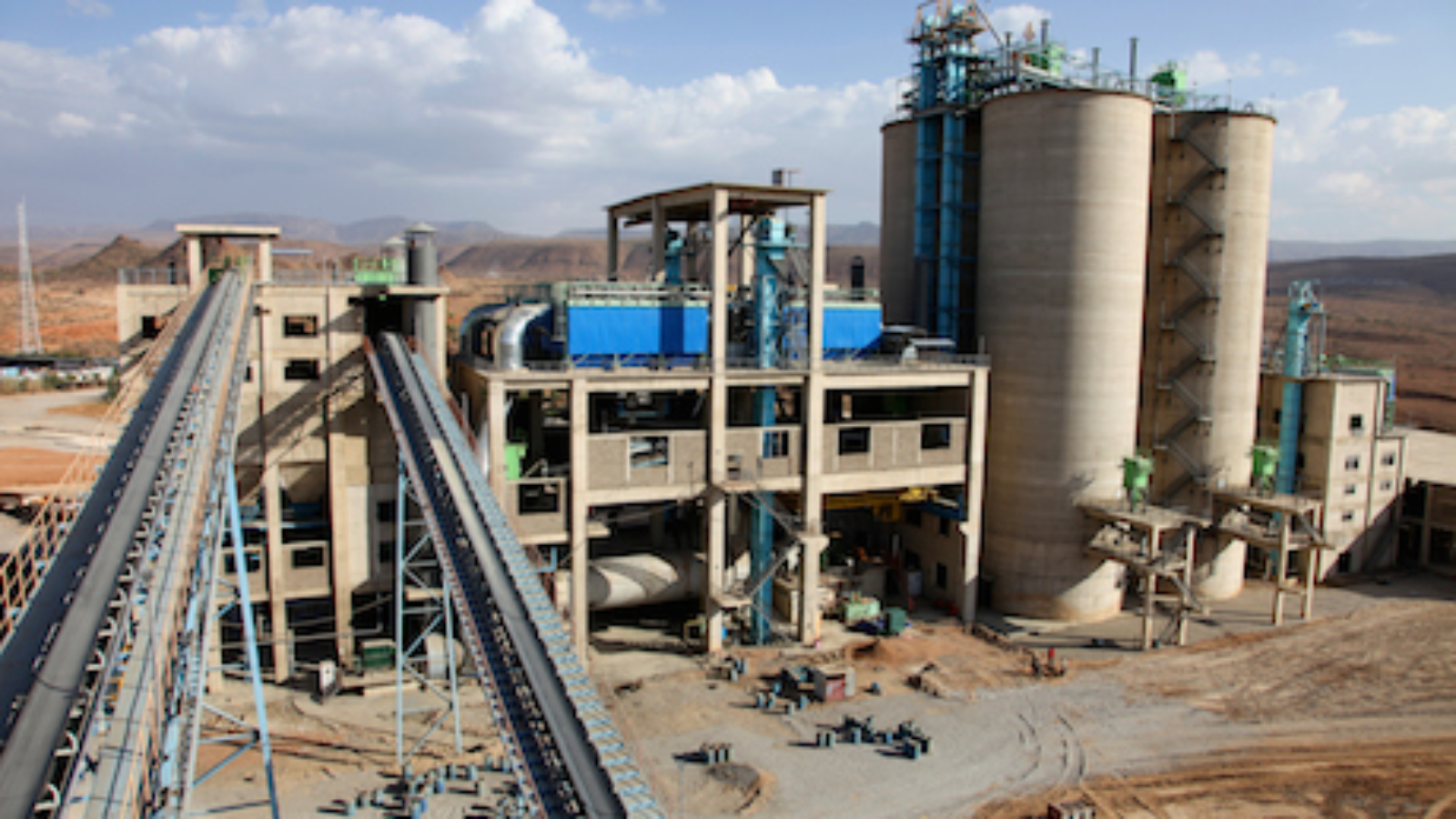By Alireza Sanieipour
Globalization has irrevocably altered the dynamics of the production chain. Through offering developing nations an opportunity to engage in a buyer and producer-driven commodity chain, trade liberalization can fundamentally accelerate the industrialization process when the right policies are in play. Such was the case with the transition of East Asia from an insignificant and underdeveloped region to a powerhouse of global trade. Their rapid industrialization was made possible through gradual upgrading beginning with the development of the textiles and apparel industry. However, the recent rise of Asia—and China in particular—has changed the dynamics of this relationship for other global players. After virtually imposing a regional monopoly for the last few decades with a tight grip on commodity chains, China and other emerging Asian states have in turn kept Africa from a similar course of development.
While the process of Asian industrialization in its own respect could pose benefits for Africa and the other regions, it has created more difficulties than efficiencies—at least for the time being. The production and export of basic, labor-intensive manufactured goods such as textiles and clothing have traditionally been the first step of the industrialization process. The eventual creation of assembly lines offers the process of industrial upgrading where firms can, over time, move from the assembly of imported inputs into higher forms of value-added chains .
Historically, preferential trade regimes such as Multi-Fibre Arrangement (MFA) or the African Growth and Opportunity Act (AGOA) imposed by the United States have provided a fertile environment for African clothing and textile manufacturers that in turn, lead to the rapid expansion of trade. Between 1999 and 2004, the clothing export values for Lesotho, Swaziland, and Kenya increased from virtually nothing to $495 million, $205 million, and $333 million, respectively. However with the termination of quotas, African manufacturing firms incurred significant losses. Between 2004 and 2006, “the value of the ‘Sub Sahara African’ clothing exports to the U.S. dropped by 26%.” Though some firms tried to compensate by shifting focus to the South African market, doing so did not help them to fully recover their losses.
China would eventually emerge as the real winner thanks to a highly competitive culture among their manufacturing sector. The dominance of Chinese light manufacturing also highlights the reality that, in a status quo scenario, Africa does not have the capacity to compete with their Asian counterparts. Therefore, major policy adjustments are needed as Africa must pursue industrialization according to its own core competencies.
Another major issue in need of resolution includes the lack of diffusion of knowledge domestically in Africa, despite China’s increasing involvement in the region through direct investments and trade agreement schemes. In stark contrast to China’s own highly developed manufacturing sector, Chinese-owned plants in Africa typically do not exhibit signs of upgrading. The affects of such stagnation are similar to that of the clothing and textile industries, where product and skills upgrading are kept from advancing—as is the case in Madagascar. The same can be said for the mining industry, where the Chinese market-based supply chain failed to “see local supply chain development as part of its corporate strategy and did not invest in embedding itself into the local cluster.”

In terms of trade, the substitution of European and North American demand with Asian demand has in fact led to the de-industrialization of certain sectors, contrary to conventional economic wisdom. As evident in the logging sector of Gabon, China is usually more interested than Europe or North America in the purchase of less sophisticated materials as it is trying to absorb the value-added income domestically by expanding its own industrialization.
Even though theory suggests that gradual industrialization is the means to advance a development agenda, the empirical evidence highlights the fact that Africa cannot maximize its unique economic strengths in today’s world by simply following the “Asian” model. In addition, over-reliance on Chinese investment and trade agreements only stands to slightly increase the productivity margins due to weak upgrading chains and clusters. In light of these present difficulties, it is important for Africa to follow an industrial model that best reflects its own comparative advantages. By following its own path, African manufacturing can enforce desired conditions on foreign stakeholders by endorsing higher degrees of upgrading, clustering, and diffusion of knowledge.
*****
*****
Alireza Sanieipour is a Canadian postgraduate economist research contributor for Fireside Research. He is based in Cape Town, South Africa, affiliated with the University of Cape Town.
[Photos courtesy of Wikimedia Commons and Markus Reinhardt]
